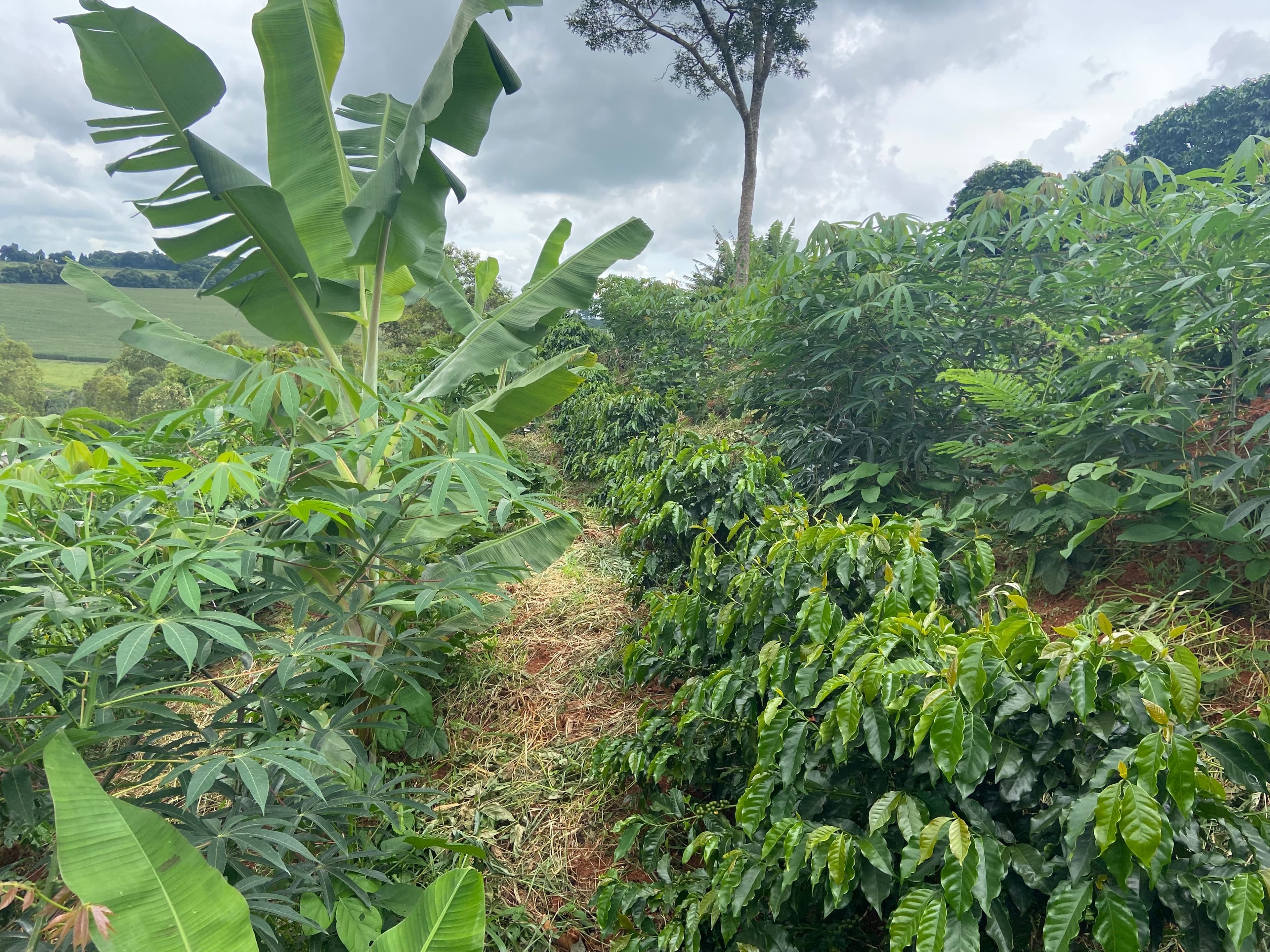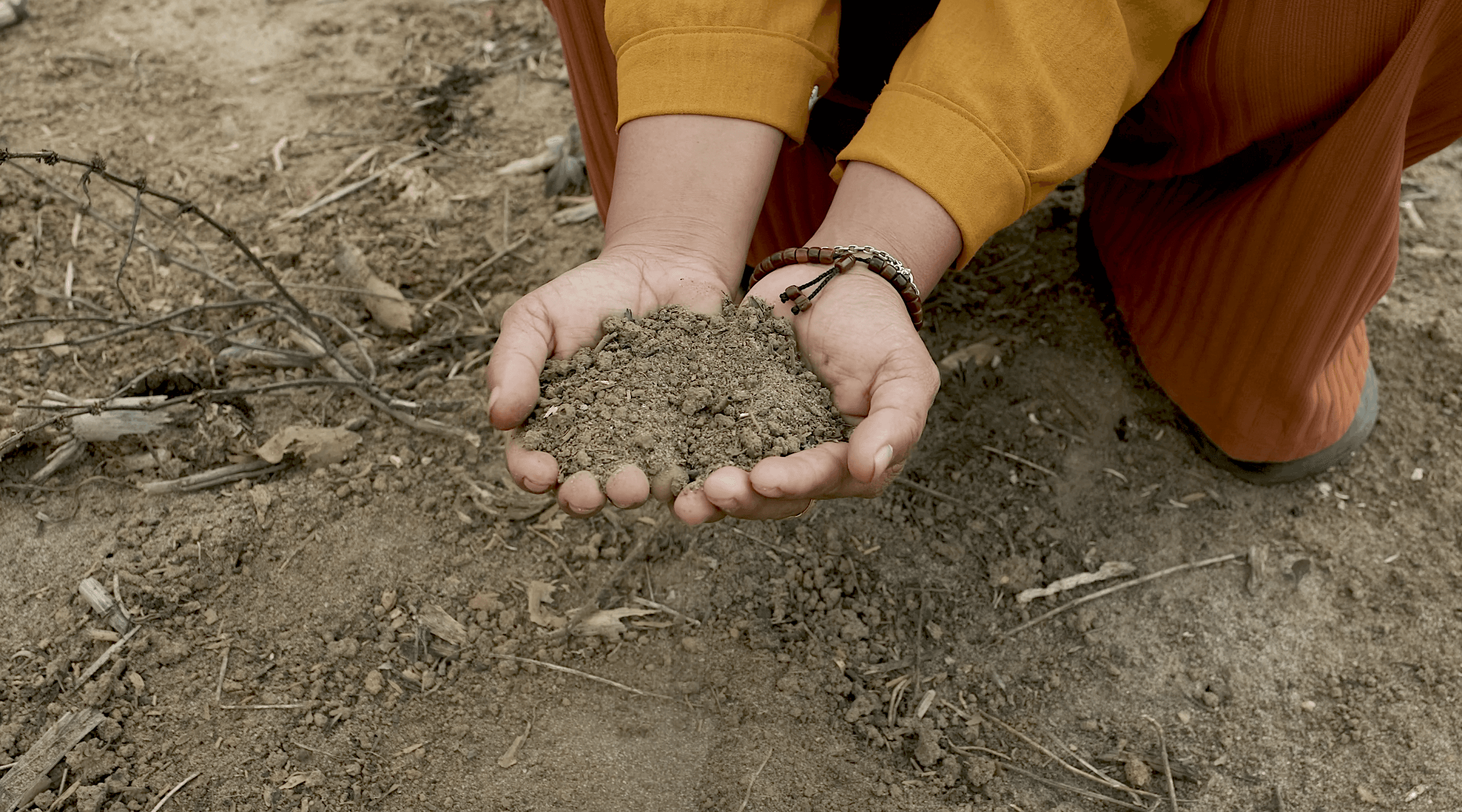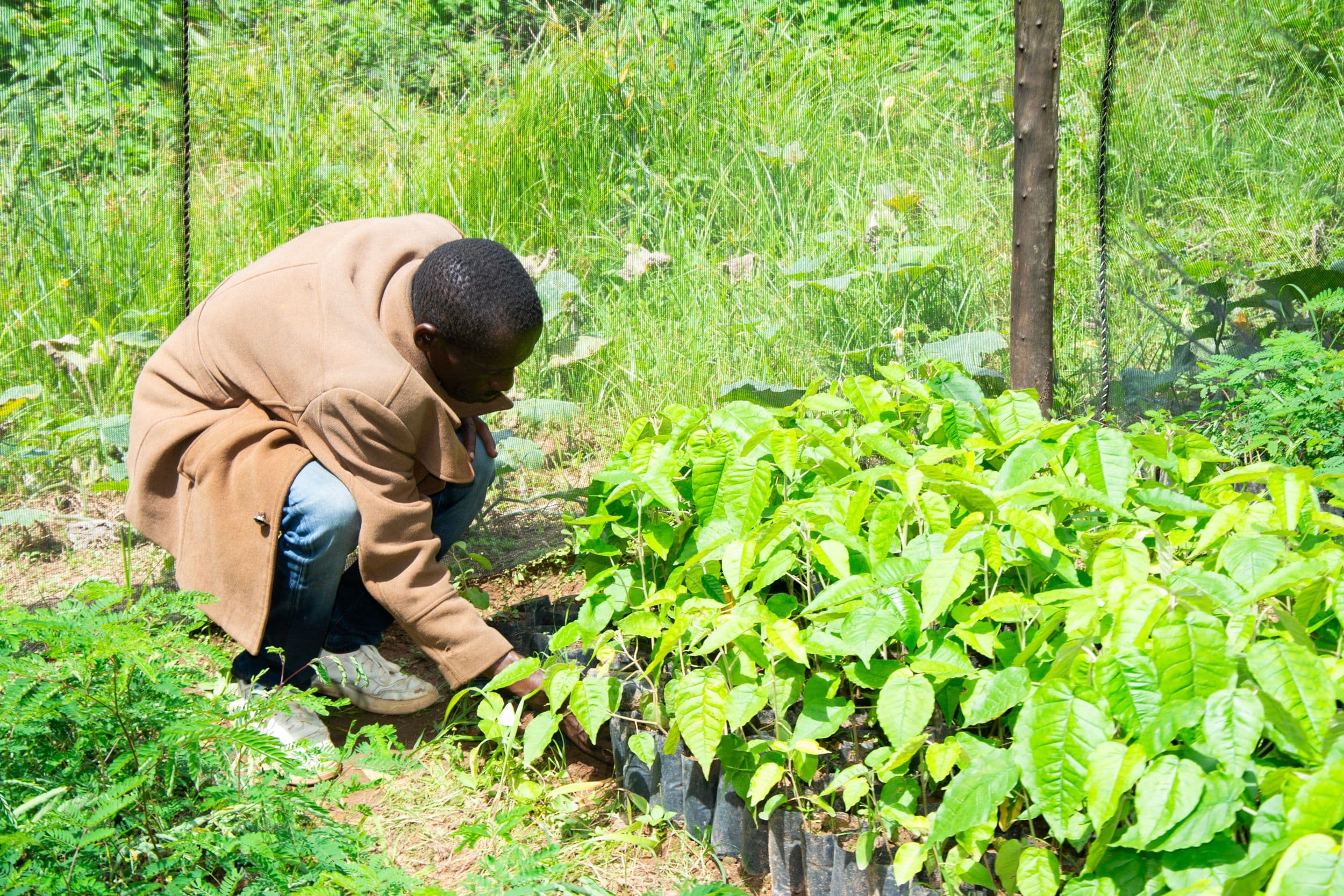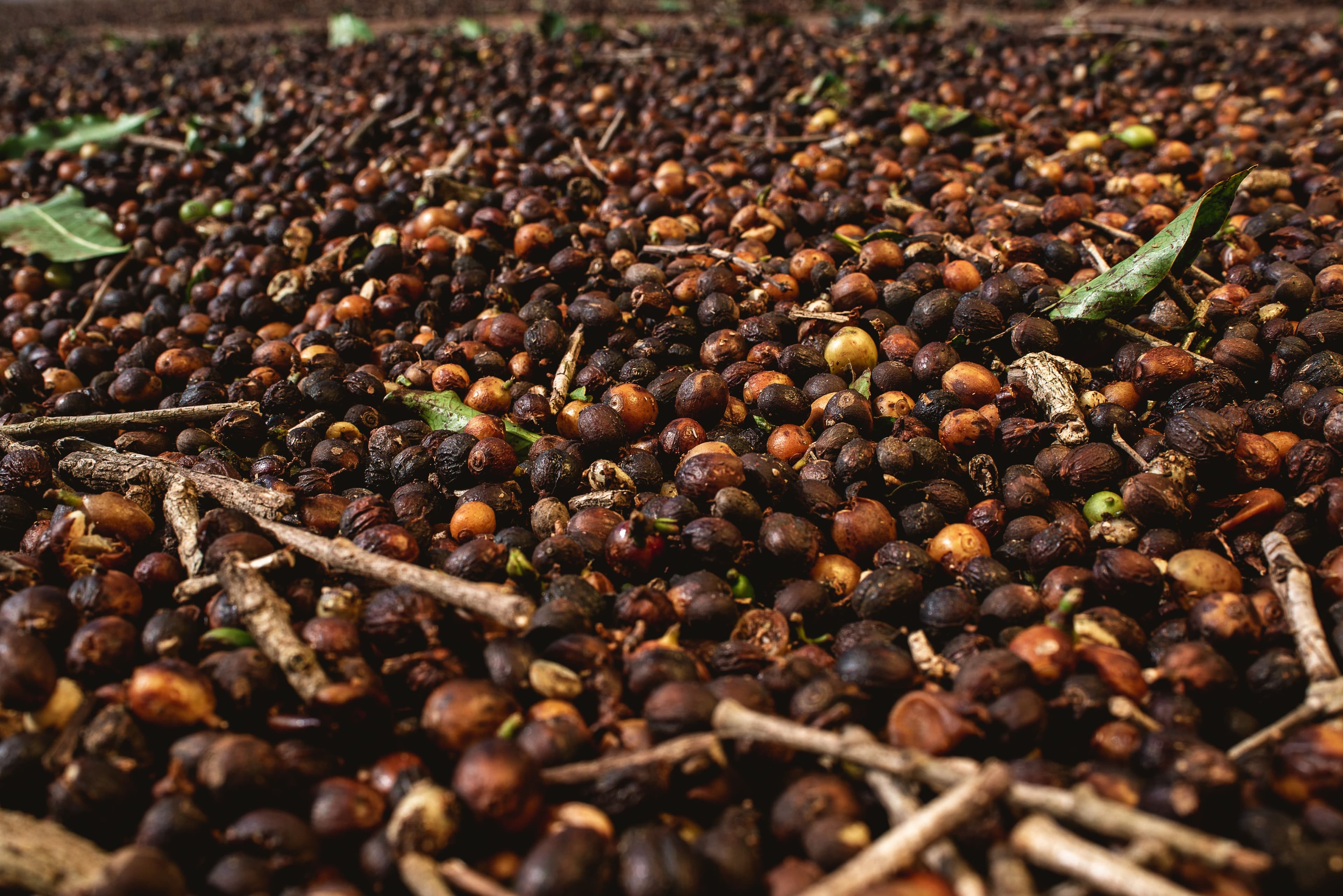Coffee and Deforestation
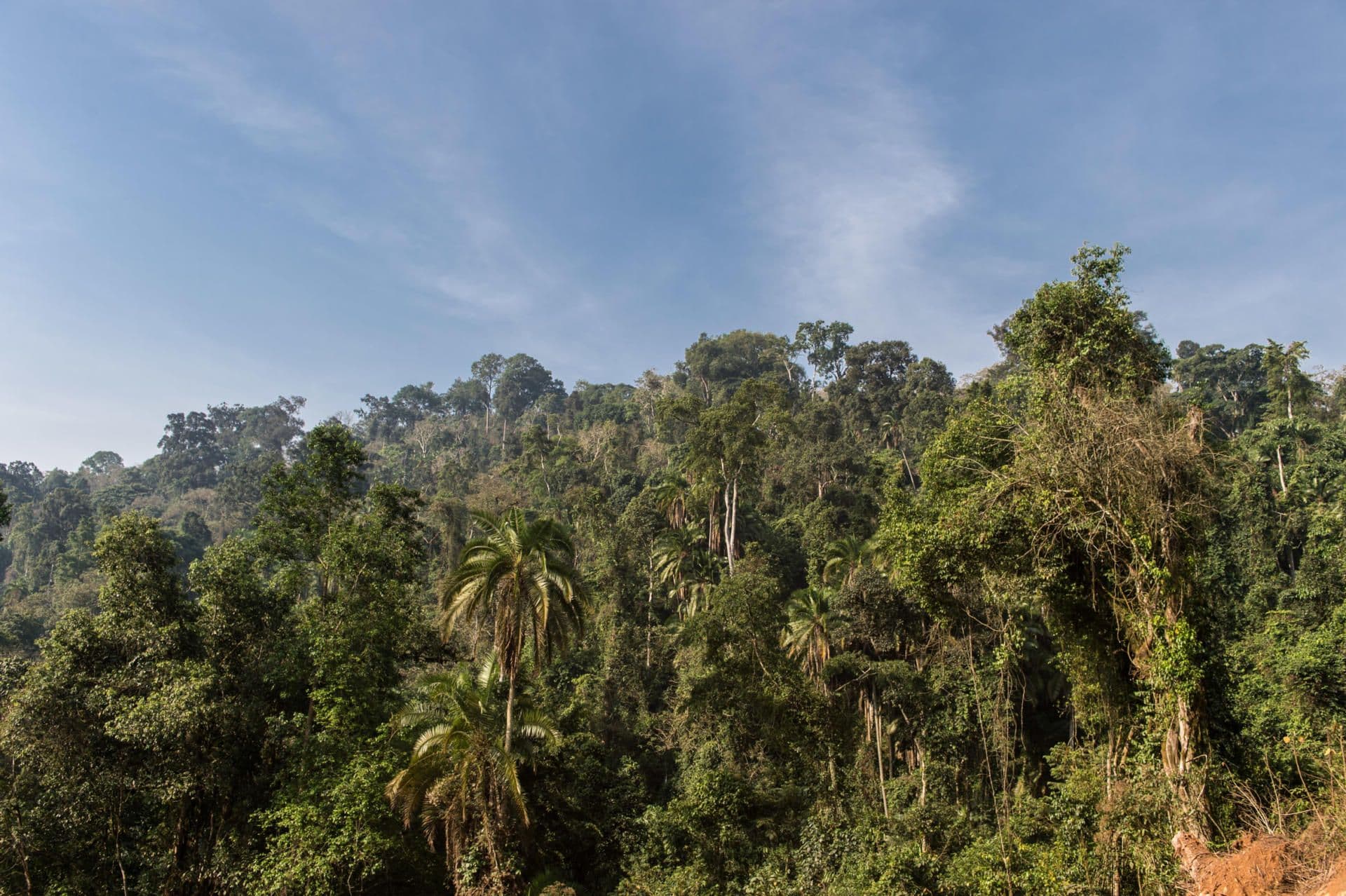
About one third of the world’s land, more than four billion hectares, is forests. Every year, this area decreases by an average of 13 million hectares which corresponds to around 35 football fields per minute. The largest losses are observed in Africa and South America, mainly due to agriculture. Coffee production and deforestation play a role in this.
While coffee originates from the humid, tropical forests in southern Ethiopia and South Sudan, and around the globe, it is largely grown in many former forest landscapes – some of which located in biodiversity hotspots or protected areas such as the Mata Atlântica and the Cerrado region in Brazil, the Mesoamerican Forests in Central America and the Eastern Afromontane Forests hosting the genetic diversity of Coffea Arabica in Ethiopia. However, the relation between coffee and forest cover is weakly addressed in our sector today. We at the HRNS are looking at many other aspects related to sustainability in coffee: Where will future production come from if young people continue migrating from rural areas? How can productivity be increased to meet growing demand? How strongly will climate change impact upon production volumes, qualities and coffee regions? Which varieties should be promoted to cope with rising temperatures and more irregular rainfall patterns? How can supply chains strengthen coffee producers in their operations? And while we care for farmer training on Good Agricultural Practices (GAP) at an increasingly large scale and the number of agronomists and technicians employed in the sector has probably never been bigger at any time, there is evidence that our sustainability efforts are not good enough.
In particular, one very crucial element for the long-term viability of coffee and coffee-based livelihoods still has to enter our efforts. We need to assess and to care about the land footprint of coffee.
Climate expert Peter Baker estimates in his report “Global Coffee Production and Land Use Change” that coffee production is driven by technological improvement to a smaller extent only. He estimates that the yearly increase of coffee land reaches about 100,000 ha which points to a critical issue: Deforestation. Assessing the development of production volumes and levels of productivity, it is likely that additional coffee has also come from deforestation to a larger extent in recent years. Obviously, this is serious as we are eroding resources we absolutely need for being able to grow coffee in increasingly large volumes in the future.
Coffee and deforestation: tackling smallholder challenges
Forests and forest trees need to be an essential element of coffee landscapes. They stabilize ecosystems by storing water, protecting soil, circulating soil nutrients, reducing temperature, balancing micro-climates, purifying air, housing countless animal and plant species and enriching biodiversity. Furthermore, they are important carbon sinks and, thus, contribute to limiting greenhouse gas emissions and counteracting climate change. Well managed, they might offer an additional source of income for farmers and their families, e.g. through the careful extraction of wood, use of fruits and other potential forest products such as medicinal plants.
But what makes farmers to replace forest by coffee, sometimes on steepest slopes? Why do coffee landscapes in large parts of the world lack forests and tree cover? Why are rural landscapes degraded in many places resulting in erosion, pollution of water, the spread of pests and diseases and distortions of local micro-climates?
Reasons may be manifold but they go back to two key concepts: Economic attractiveness and legislation.
Economically speaking, the value of forest is too low compared to other income-generating opportunities. Environmental and societal services they provide are not compensated and, thus, the incentive to keep and protect them is rather small. Ecological damages are negative externalities and are not taken into account in product prices. This causes market failure because a product’s price does not accurately reflect the true costs of production.
Although environmental legislation requests the protection of forest and establishment or maintenance of bio-corridors in rural landscapes, the effective enforcement of corresponding laws and regulations is rather weak in many countries. Thus, the farmers’ invasion into forest areas and the expansion of the agricultural frontiers are often tolerated.
Economic needs paired with population growth and the rather low value of forest areas generate increasing pressure on our natural resources.
A solution needs to be based on sustainable intensification of current production systems, in particular at the level of smallholder farmers that are usually achieving yields below local and regional averages. Such systems need to be embedded in thorough landscape management schemes.
Coffee and deforestation as element of the work of HRNS
At Hanns R. Neumann Stiftung (HRNS), we are viewing trees as important elements in our programming efforts and are advancing in developing sound cooperation formats with farmers, qualified organizations and authorities to promote forests and agroforestry systems as components in sustainable coffee landscapes (e.g. in the initiative on coffee&climate: permanent preservation areas, shade management, windbreaks). Join us in establishing partnerships interested to explore, the land footprint of coffee and cooperate in pushing interventions for halting deforestation and generating experiences on the rehabilitation of degraded areas. The environmental services that are associated with intact ecosystems need to be acknowledged and valued for safeguarding the natural resources in coffee areas and providing producers with an environment in which they can develop livelihood concepts with a long-term perspective.
Follow Michael Opitz on LinkedIn.

